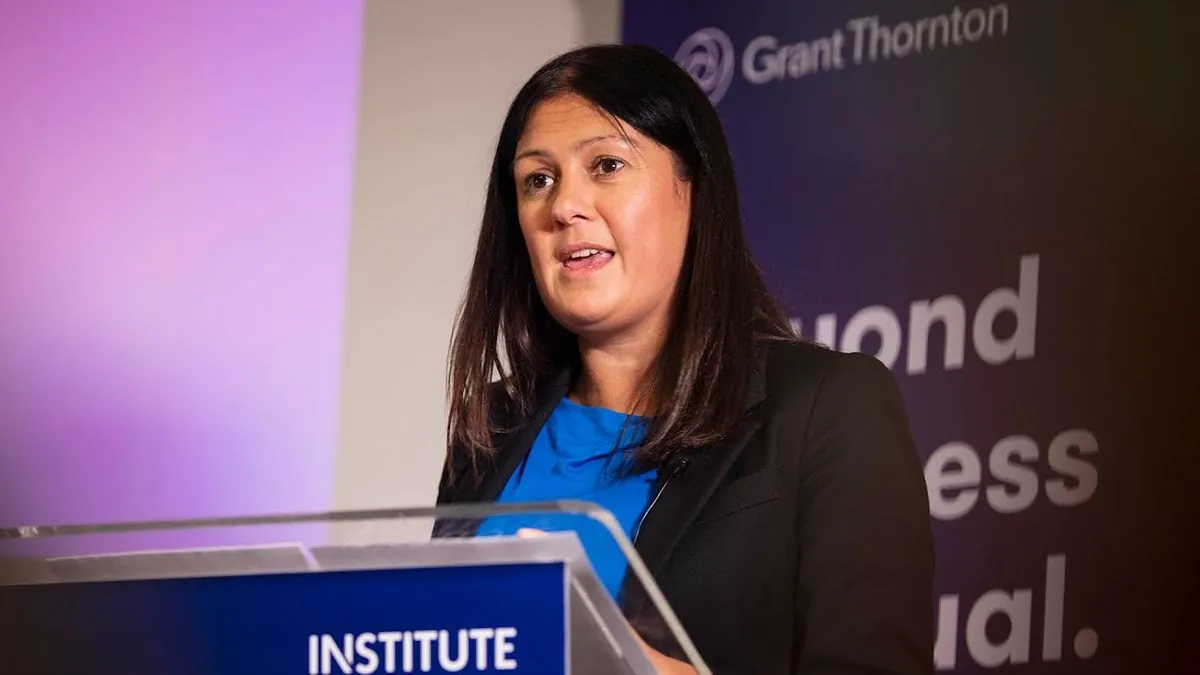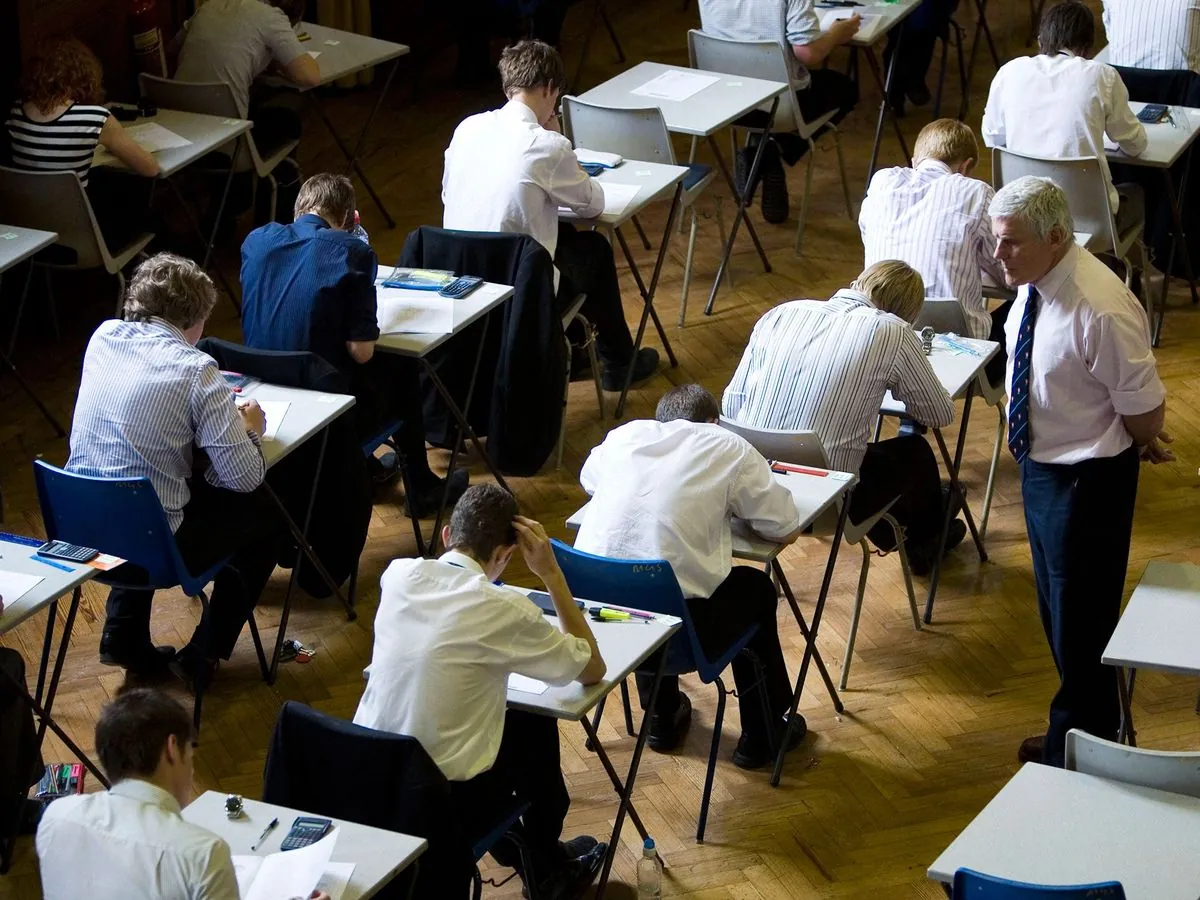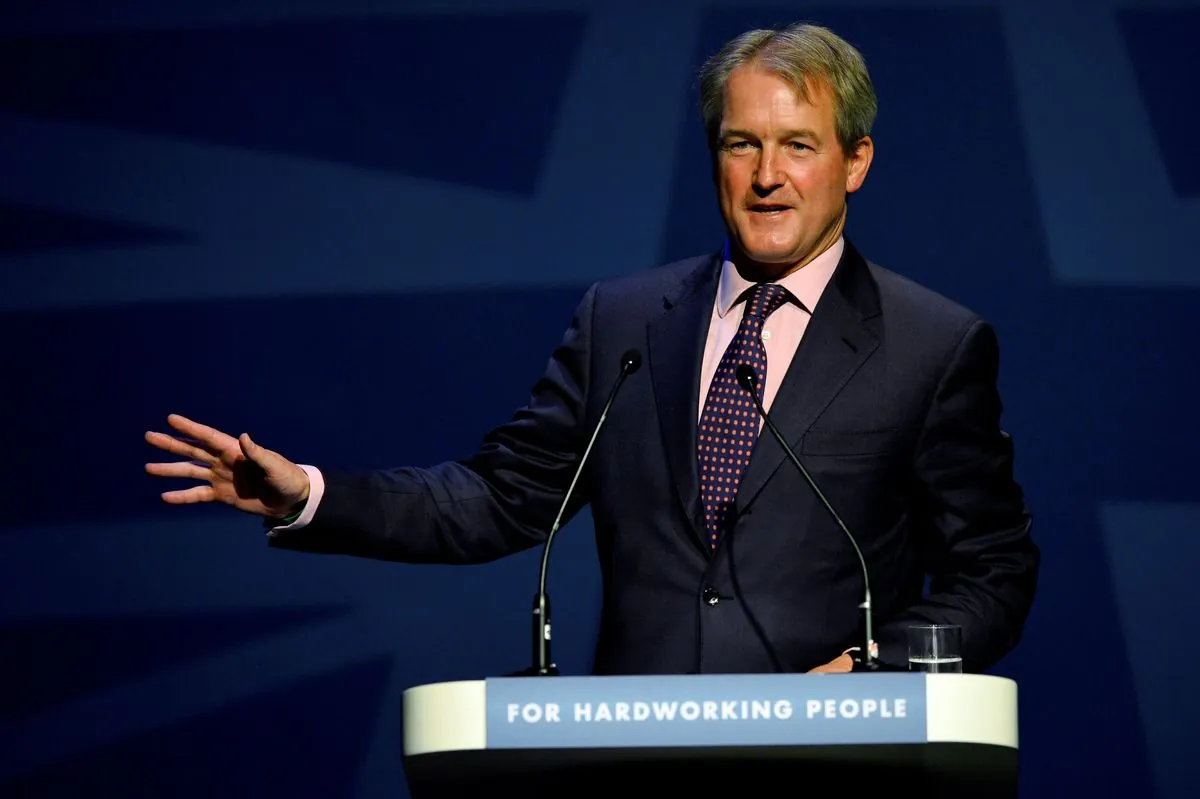340,000 Still at Risk: Slow Progress in UK Cladding Crisis
Seven years post-Grenfell, over 340,000 people remain in unsafe flats. Despite government efforts, only 12% of affected buildings have had dangerous cladding removed, sparking criticism of the slow pace.
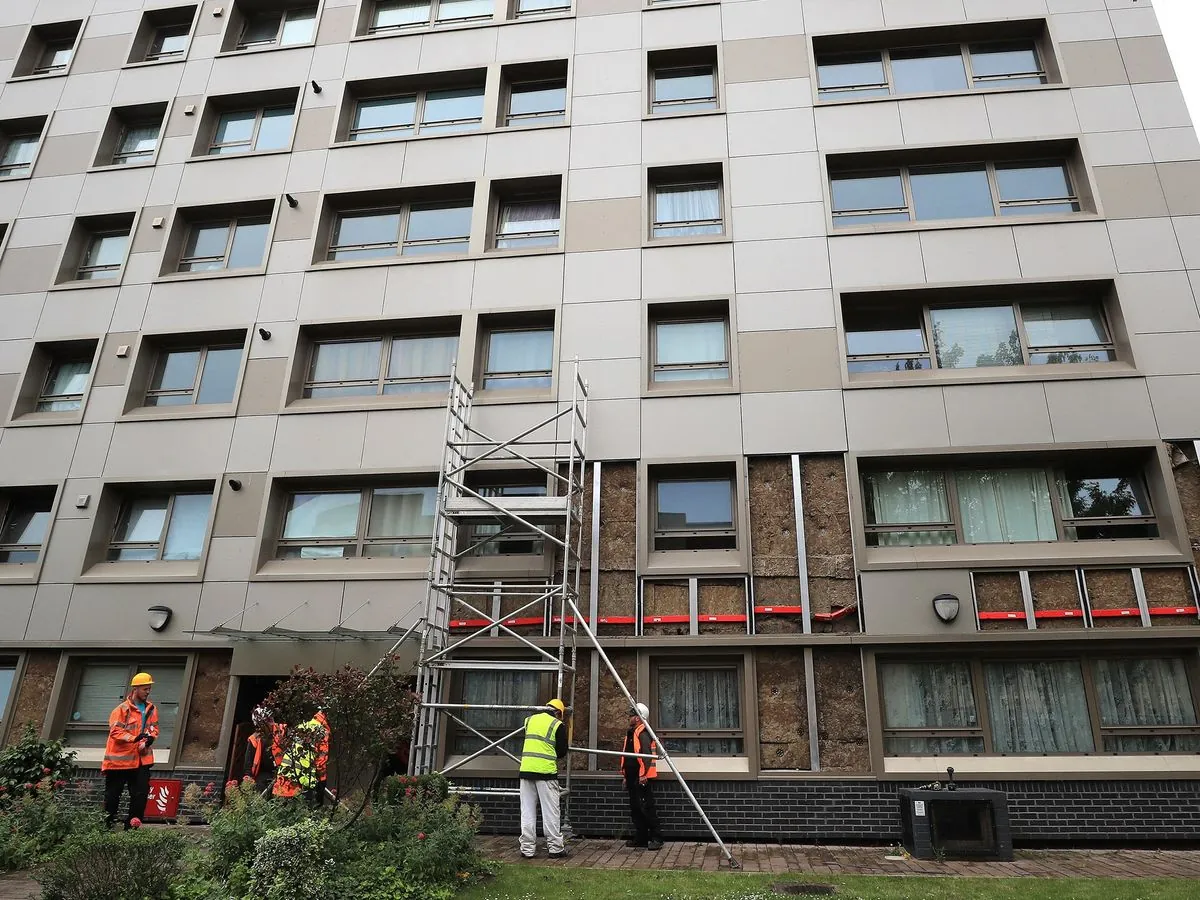
Seven years after the devastating Grenfell Tower fire, which claimed 72 lives and became the UK's deadliest structural fire since 1988, over 340,000 individuals continue to reside in flats with unsafe cladding. This ongoing crisis highlights the slow progress in addressing widespread building safety concerns that emerged in the wake of the 2017 tragedy.
The Grenfell disaster prompted a comprehensive nationwide review, revealing thousands of residents living in buildings with hazardous cladding. Subsequently, legislation was enhanced to improve safety regulations. However, the scandal left many homeowners with properties that became essentially worthless, unable to sell or remortgage until the dangerous materials were removed.
On August 27, 2024, Deputy Prime Minister Angela Rayner criticized the pace of remediation efforts, stating, "The process to remove dangerous cladding is too slow. These are not assets, these are people's homes. People need to feel safe in their own homes."
Her comments came in the aftermath of a significant fire that broke out the previous weekend in a high-rise residential building in Dagenham, East London. The structure was found to have "non-compliant" cladding, underscoring the persistent risks faced by residents in similar buildings.
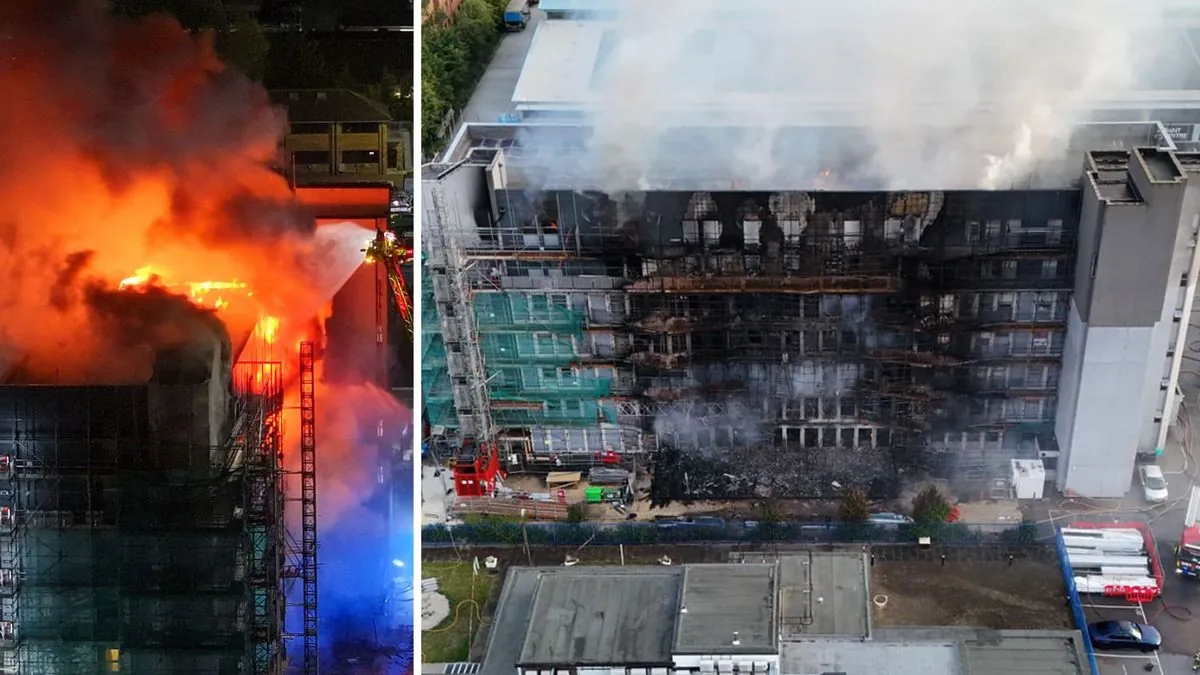
According to government estimates, approximately 11,000 buildings over 11 meters in height require work to remove unsafe cladding. However, only 4,630 buildings are currently being actively monitored or are "in programme," leaving thousands of homeowners in a state of uncertainty.
Official figures indicate that cladding has been removed from 1,350 buildings, representing just 12% of the estimated total over 11 meters. The government's own data suggests that 172,000 dwellings in unsafe buildings are yet to be addressed. With an average of two residents per dwelling, this translates to roughly 344,000 people living in potentially dangerous accommodations, according to analysis by the campaign group End Our Cladding Scandal.
Giles Grover from End Our Cladding Scandal pointed out that these figures may not fully capture the scale of the building safety issue in the UK. He explained, "Part of the issue is that the statistics are only monitoring the buildings over 11 metres, because that's where they say the highest risk is, even though there's a number of buildings that need remediation under 11 metres."
Grover also highlighted additional safety concerns beyond cladding, such as the construction of balconies, which are not included in the government programme. Matt Hodges-Long of the Building Safety Register estimated that as many as 6,000 more buildings below the 11-meter threshold for government funding could be unsafe.
Grenfell United, a group representing survivors of the 2017 tragedy, emphasized that the recent Dagenham fire underscored the "painfully slow" progress in removing dangerous cladding and a "lack of urgency" in addressing overall building safety.
"The Dagenham fire is a stark reminder of the ongoing risks faced by residents in buildings with unsafe cladding. The pace of remediation has been unacceptably slow, and there's a clear lack of urgency in addressing the broader issues of building safety."
As the UK continues to grapple with this crisis, the need for accelerated action and comprehensive safety measures remains paramount. The lingering effects of the Grenfell Tower disaster serve as a somber reminder of the importance of stringent building regulations and the potential consequences of overlooking safety concerns in residential structures.































